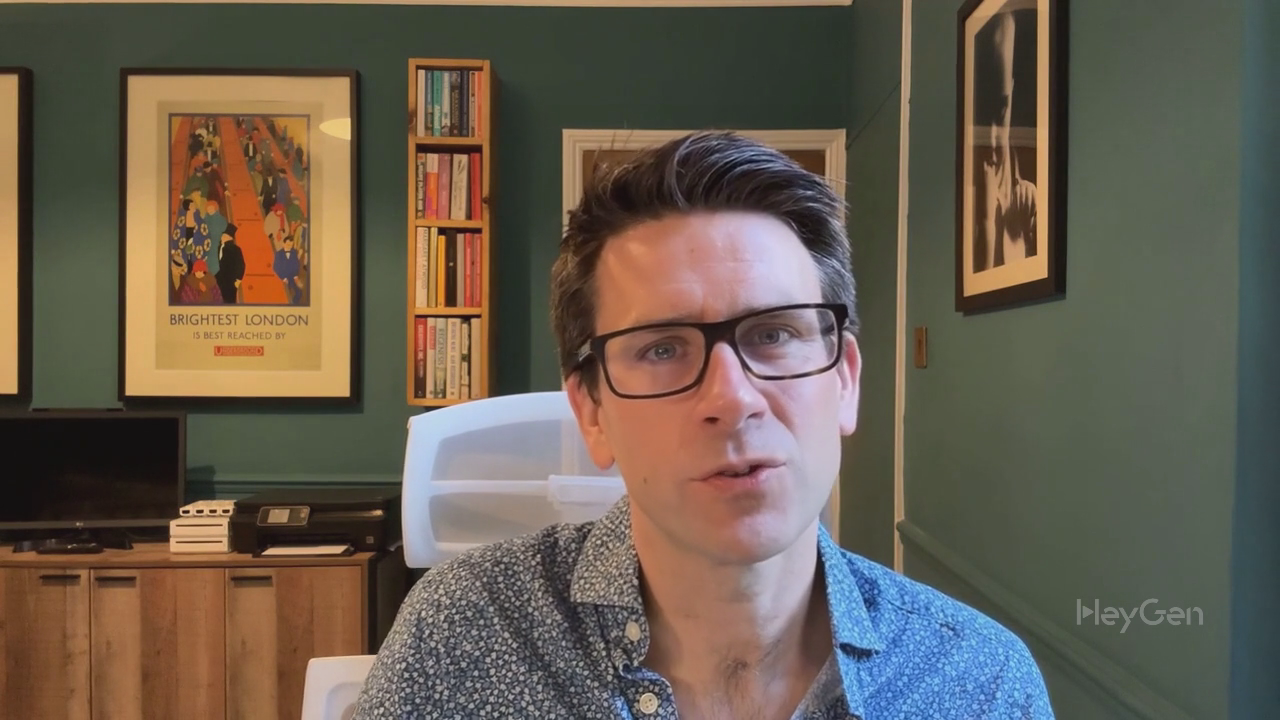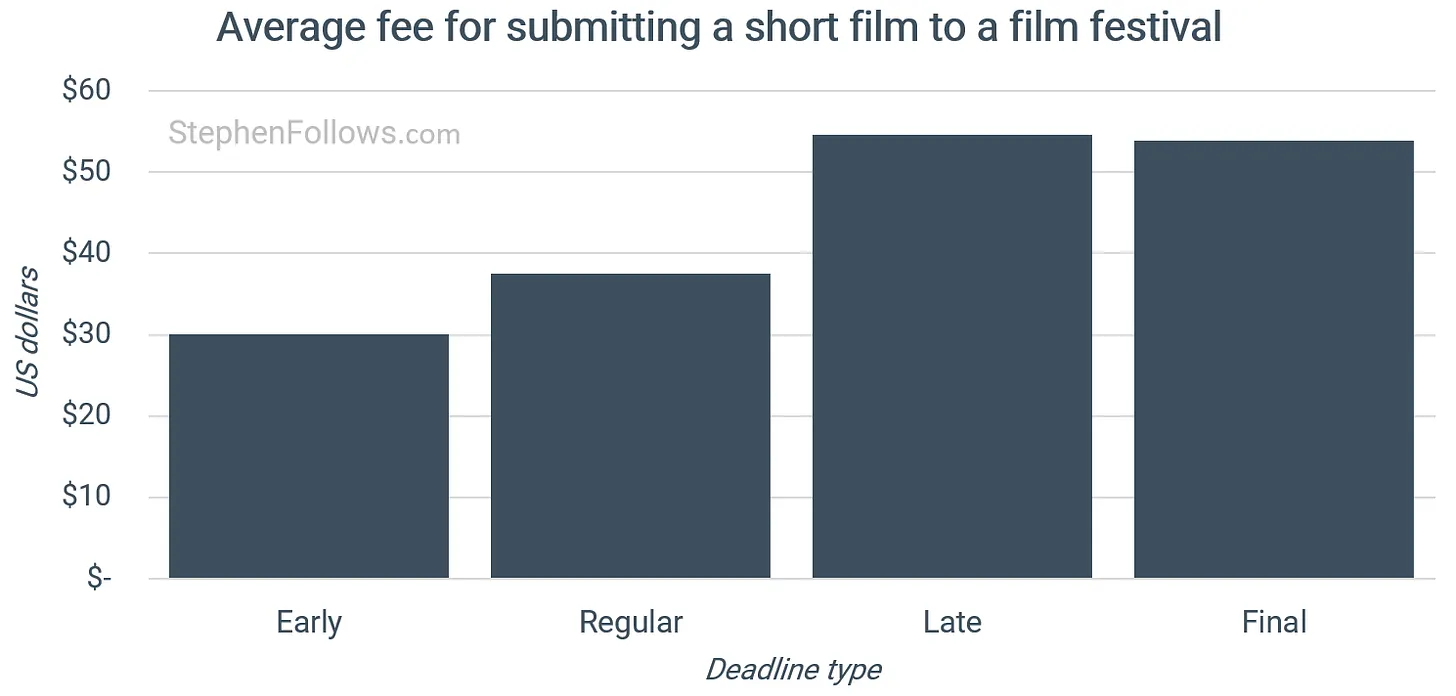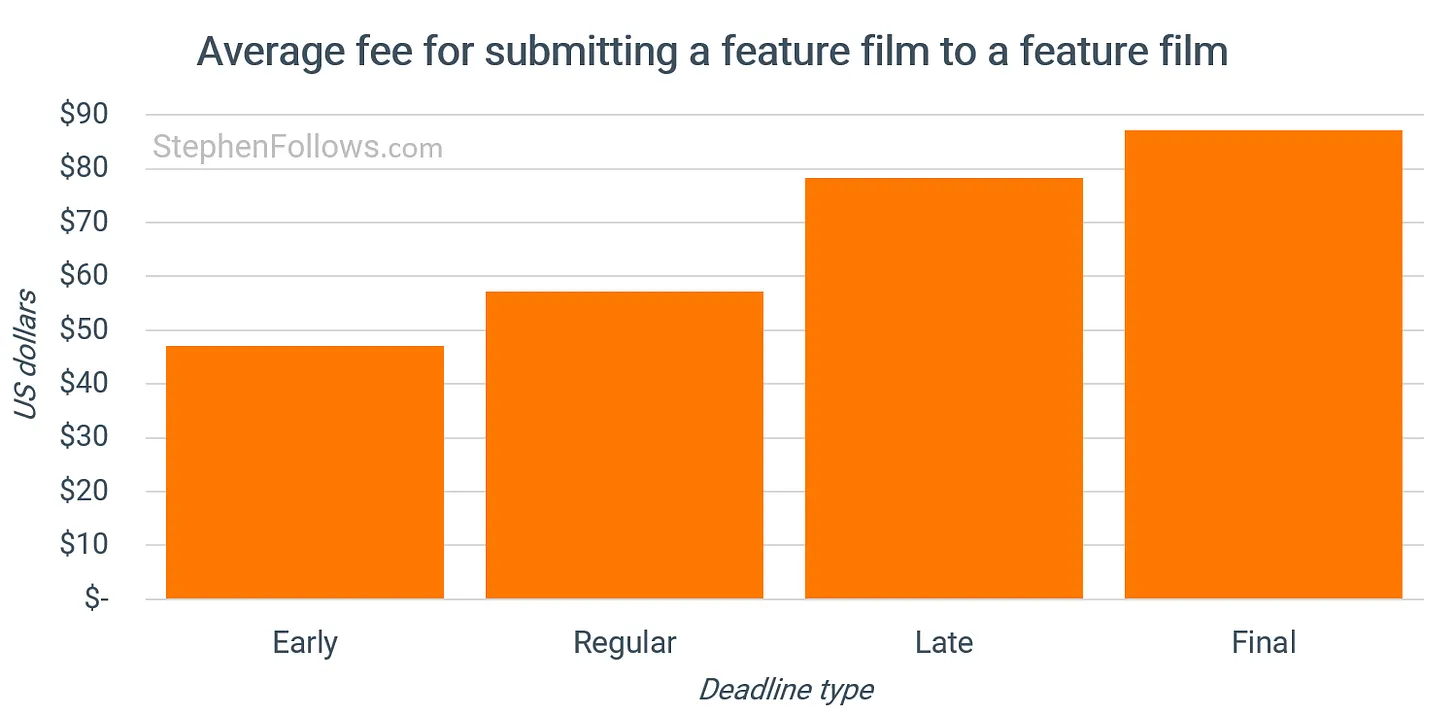Telefilm Canada has selected 17 Talent to Watch projects to share $3.45 million from 155 submissions.
It’s quite revealing to look at the numbers in detail.
Let’s start with Type.
| Narrative | 9 |
| Documentary | 8 |
The Narrative features break down thusly:
| Drama | 6 |
| Romantic Comedy | 1 |
| Sci-fi, Fantasy and Fairytale | 1 |
| Suspense | 1 |
Province?
| Quebec | 7 |
| Ontario | 6 |
| British Columbia | 2 |
| Saskatchewan | 1 |
| Yukon | 1 |
Let’s look at Language next.
| English | 6 |
| French and English | 2 |
| English and Cree | 1 |
| English and Filipino | 1 |
| English and Irish | 1 |
| English and Kannada | 1 |
| English, French and Korean | 1 |
| French | 1 |
| French and Spanish | 1 |
| French, English and Spanish | 1 |
| Japanese | 1 |
And let’s finish up with Stream.
| Filmmaker Apply-Direct | 11 |
| Industry Partner | 4 |
| Festival | 1 |
| Indigenous | 1 |
In addition, if Gender is assumed from names:
| Female | approx. 20 |
| Male | approx. 18 |
Some observations:
- The number of submissions is about the same as last year.
- Non-fiction continues to be almost as successful as Fiction.
- Drama is the most popular narrative genre.
- Almost all of the successful projects are from Quebec and Ontario.
- Almost half of the successful projects include other languages in addition to English and/or French — and one is in Japanese exclusively.
- The vast majority of successful projects continue to be Filmmaker Apply-Direct.
- Less than a quarter of the successful projects are from Industry Partners.
- For the first time, two projects are helmed by one individual filling the director, screenwriter and producer roles, rather than a team of two or more.
- For the second year in a row, no projects are selected from Atlantic Canada.
Hey, Atlantic Canada, what gives?
My take: this is the fourth year that filmmakers could apply directly and Telefilm has rewarded them well! Therefore, if you can apply direct, bypass your local industry partner, for odds of approximately one in nine.

)




